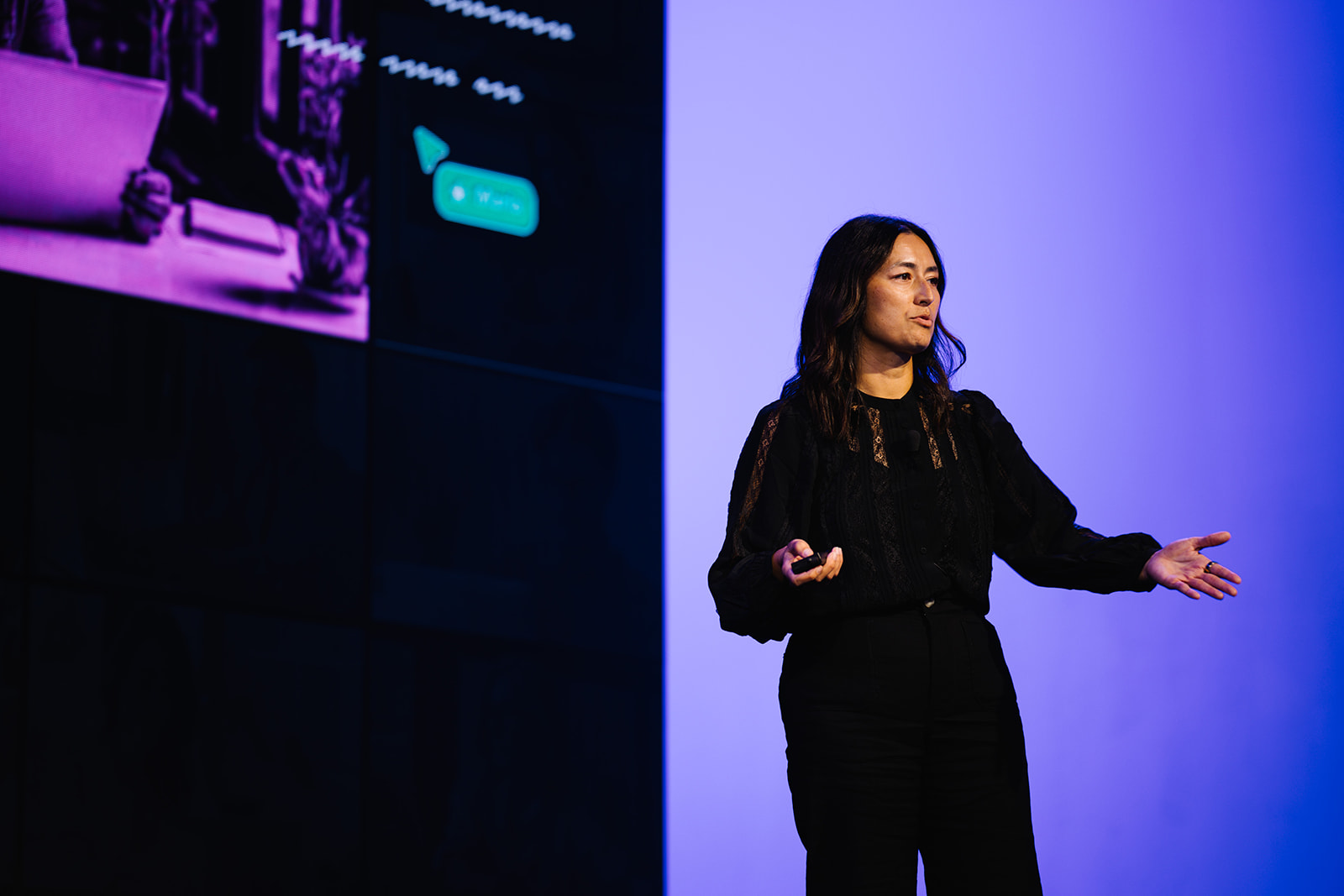Learnings from the Art of Collaboration | Chicago, June 2025
The business world never slows down—it just keeps moving faster, getting more complex, and asking more from all of us. In this landscape where change is the only constant, being adaptable isn’t just a “nice-to-have”—it’s essential for survival and growth.
We recently hosted a customer dinner in Chicago with our friends at Pavilion, bringing together C-Suite leaders and experts across sales, marketing, consulting, and strategy. It turned out to be a rich conversation about how companies are tackling today’s challenges and opportunities head-on.
Three big themes kept popping up as must-haves for any modern business: embracing AI, prioritizing human-centered collaboration, and tapping into the power of peer learning. Together, these are shaping the blueprint for transforming how we work and setting up our organizations for long-term growth.
The AI Imperative: Rethinking how we work
One thing was clear in Chicago: AI isn’t something far-off in the future. It’s already here, and it’s reshaping how we do business. Leaders aren’t just noticing AI—they’re racing to put it to use. It’s not just about automating routine tasks; it’s about reimagining how everything gets done.
Just think about what AI can do for business performance. On go to market teams, AI-powered insights make decision-making smoother by helping folks see trends and understand customers better. In sales, AI can do more than look at past results—it can actually predict which deals are most likely to close and at what speed, helping teams focus their effort where it counts. In marketing, it speeds up content creation and personalizes outreach at scale. And in R&D, it can help accelerate new discoveries and products.
Putting AI to work in core processes doesn’t mean getting everything perfect right away. It’s about experimenting and making steady improvements—because even small steps can add up to a real competitive edge.
Human-Centered Collaboration: The unlock to success
Of course, even as AI takes center stage, people remain at the heart of success. Our discussions in Chicago highlighted how crucial collaboration is—not just within teams, but across departments and leadership levels. It’s what keeps everyone aligned and moving in the same direction, especially in critical go to market functions like sales, marketing, and R&D.
Interestingly, our latest research found that while 85% of teams feel good about their strategies, the same percentage say misalignment is still a problem. This “85/85 GTM Alignment Gap” can quietly slow things down, waste resources, and hold back growth.
To truly thrive, businesses can’t leave collaboration up to chance. The most successful organizations design it intentionally. They use structured, visual platforms that allow teams to brainstorm, plan, and measure progress together. Imagine virtual whiteboards where everyone can see shared goals or dashboards that make KPIs and customer journey maps visible to all. With the right tools in place, teams can move smoothly from ideas to action, and everyone gains a clear line of sight to what matters most.
When sales, marketing, and R&D are truly aligned—grounded in a shared vision and understanding of the customer—they operate like a well-coordinated team, driving sustainable growth together.
The Power of Peer Learning: Growing with (and from) each other
It’s easy to get stuck within your company’s four walls, but there’s enormous value in connecting with leaders from other organizations. Our Chicago dinner proved just how powerful it can be to share stories, swap ideas, and learn from each other’s experiences.
These outside perspectives help sharpen internal alignment, especially as teams work to prioritize what matters most. Peer learning doesn’t just offer fresh insights; it also provides validation for key decisions and inspires creative solutions.
When it comes to AI, the group agreed: Don’t worry about becoming an instant expert. The real goal is continuous learning and improvement. AI is a journey, not a destination. Peer networks can play a big role—providing a safe space to share what works (and what doesn’t), learn how others are experimenting, and navigate the challenges together.
Looking Forward: your move
Looking back at our discussion in Chicago, one thing is clear: the future belongs to those who blend smart use of AI, intentional collaboration, and ongoing peer learning. These are the organizations that will be ready to grow, adapt, and thrive—no matter what the next disruption brings.
If we combine technology with human ingenuity, and rally our teams around shared goals, there’s almost no limit to what we can achieve together. Let’s keep the conversation—and the transformation—going.


.webp)


%20(2).avif)
.webp)






